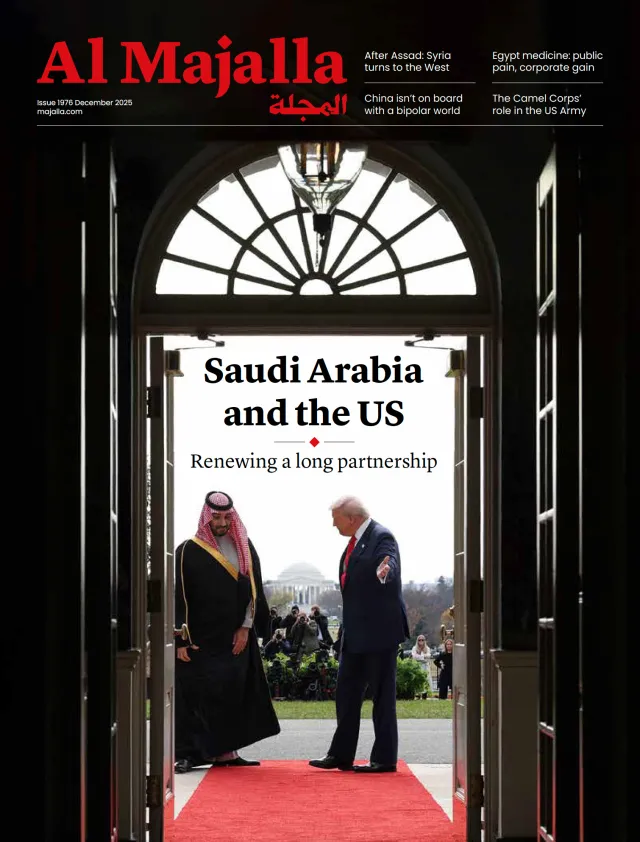Mounting concerns over suggestions that Russia is deliberately violating European airspace have prompted EU leaders to consider how they can deepen cooperation on developing effective defensive capabilities.
At the top of their priorities is building a so-called “drone wall” to protect NATO’s eastern flank from any future threat Russia may pose to the alliance’s security.
In recent weeks, Moscow has been accused of carrying out numerous violations of European airspace, the most recent being claims that Russia was responsible for disrupting flights in Denmark when unidentified drones were spotted flying over several Danish airports.
In the most significant incident reported by Danish security officials, Copenhagen airport was temporarily closed following a drone incursion, while several smaller Danish facilities also faced severe disruption.
The Danish authorities have blamed the drone incidents on the involvement of a “professional actor”, although they stopped short of directly blaming Russia. The Russian embassy in Copenhagen has denied "absurd speculations" of its involvement.
Defence Minister Troels Lund Poulsen told a news conference that the "hybrid attack" was part of a "systematic operation", but said the devices had been launched locally.
A hybrid attack employs a combination of military and non-military tactics, designed to disrupt a nation's infrastructure or institutions.
EU response
The disruption of Denmark’s airspace has nevertheless prompted an urgent response from EU leaders, who have convened in Copenhagen to discuss ways of improving security.
The UK has been among a number of European countries that have responded to the incident by sending counter-drone technology to Denmark, while French military personnel have boarded an oil tanker named on a list of Russia’s “shadow fleet” vessels, which is now suspected of being the launchpad for the mystery drone flights that forced the closure of airports in Denmark.





